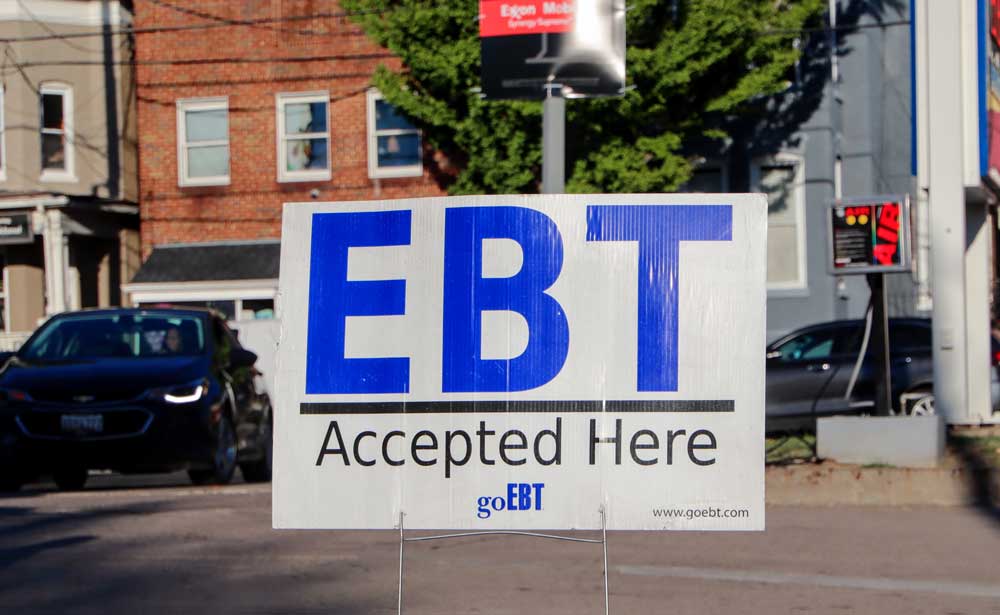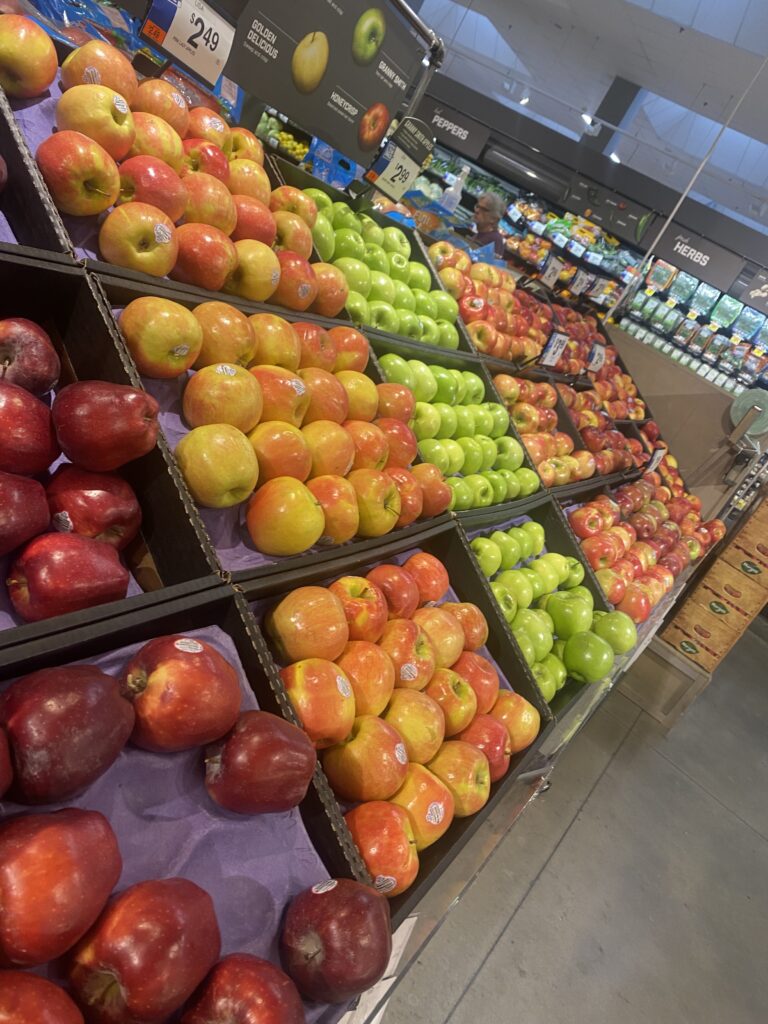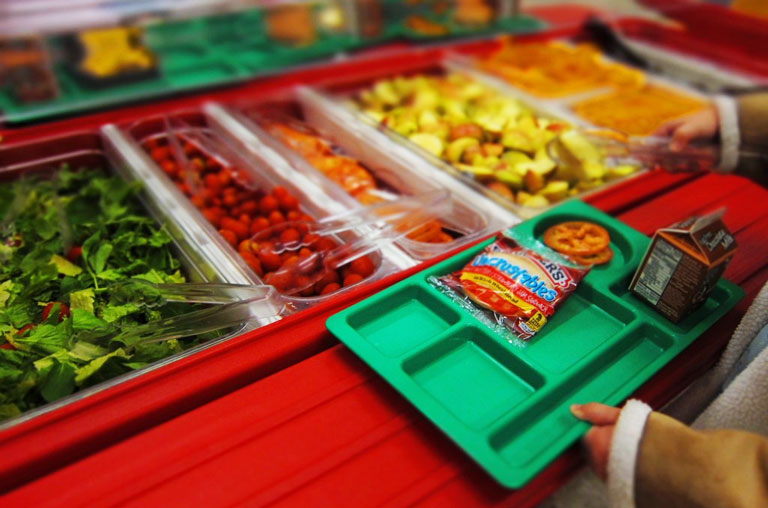Jewel Stroman knew recertification for her SNAP food assistance benefits from the Department of Human Services (DHS) were due in August. She filled out the application online one week before the deadline. She even called the department to confirm that it was received and was told that she should have no issue getting her benefits.
The following week, she noticed her Electronic Benefits Transfer (EBT) card had an empty balance. Frustrated, she called DHS and said that her questions were never fully answered.
“I still to this day do not have a clear understanding of why they were off,” Stroman said about three months after the incident.
She continued calling DHS and went to a service center in hopes of getting answers. As she was waiting at the Congress Heights service center, she overheard receptionists repeatedly telling other SNAP recipients that came in: “Benefits will be turned back on in 30 business days.” Immediately, Stroman was alarmed.
Stroman said DHS did not provide alternatives for people to get food. They recommended various nonprofits throughout the city that provide grocery pick up or free meal services. Stroman said that neither of those are sustainable for a full month.
DHS did not answer questions about the program before Street Sense went to press. After publication, DHS provided Street Sense with a prepared statement that said the city “has exercised every flexibility offered by the federal government to ensure continuity of food benefits” to include waiving SNAP recertifications and ensuring SNAP recipients receive the “maximum monthly food benefit.” But in the statement, the agency noted these changes were temporary. For residents who are concerned about the status of their benefits, the agency said they can use the mobile app District Connect or call the number on the back of their EBT cards at 1-888-304-9167. They also said they may call the DHS eligibility call center at 1-202-727-5355.
Levester Green, a Street Sense vendor and artist, uses SNAP and frequents local nonprofit organizations to get food. He has received housing assistance through the nonprofit Friendship Place for about three years. He’s been using SNAP for nearly 10 years.
Until recently, Green said he had never had issues with recertifying his benefits. However, this autumn the notice that he was due for recertification was sent to Friendship Place instead of to his apartment, he said. So he was unaware that he was due for recertification. Green said he worked closely with DHS representatives but was unable to figure out the cause of the issue.
Since he didn’t see the letter, Green’s benefits were terminated starting with the new fiscal year in October. As of Dec. 12, Green said he checked with DHS and was being denied for SNAP.
The most recent set of data collected by the U.S. Department of Agriculture shows that 82,598 households participated in the Supplemental Nutrition Assistance Program (SNAP) in D.C. in September. This is a 1.3% decrease from the month prior, but a 2.7% increase compared to September 2020.
Thousands of District residents continue to rely on government assistance, such as SNAP, and have limited ability to survive more than a month without robust support to buy food.
For those that do rely on SNAP, data suggests it is not enough even when benefit applications and recertifications go smoothly. The Urban Institution found that in 2020, the average meal cost in D.C. was $3. This is 26% higher than what SNAP provides per meal, which is $2.38.
Researchers suggest that the recent updates to the Thrifty Food Plan could help decrease that gap. The new plan increases the maximum benefit amount per meal and widens the foods the government considers necessary for a healthy diet. It began this past October, so there is not enough data to determine if SNAP recipients are benefitting from the change.
[READ MORE: Local food programs met food needs through the COVID-19 pandemic]
For now, others are still struggling. Kisha McDougald lost her job in July and had been using SNAP, among other benefits, to support her family. On Oct. 21, she received a letter from DHS saying that they were going to be cut off because her kids didn’t live with her full time.
She had to submit school enrollment forms and other financial documents, which could not fully be done via the District Direct — a mobile app that D.C. uses to coordinate public benefits. The app was supposed to make this process easier, but McDougald said it added to complications.
She mailed in the forms and as of Nov. 17, there had been no progress. After spending almost three hours waiting to speak with a representative on the phone, McDougald was told that the mail must be running late which is why they hadn’t received it.
“It’s just ridiculous,” was all McDougald had to say of the process.
Update 12.22.2021
This article has been updated to include a response received from DHS after publication.








